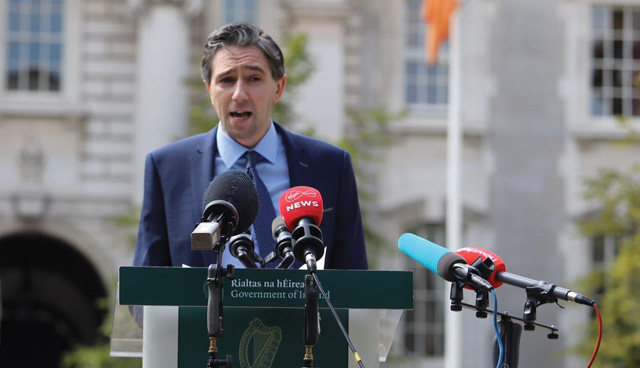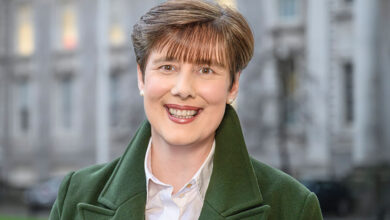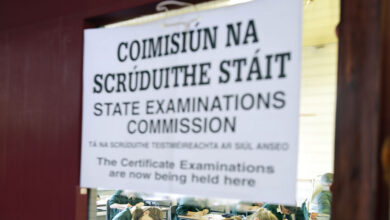The Right Course: Online training portal launched

A new online training portal has been launched and additional capital funding for those seeking to upskill or train has been announced by the Department of Further and Higher Education, Research, Innovation and Science.
Launched in January 2021, The Right Course, an online portal for those seeking to retrain or upskill is promoted as a “one stop shop for businesses, employees or unemployed persons”.
Speaking at the launch, Minister for Further and Higher Education Simon Harris TD outlines: “This online portal offers people a clear picture of what is on offer, how they can access it and the supports available to people also.”
Aimed equally at employers, employees and unemployed people, The Right Course details further education, training and higher education opportunities, alongside information for those in receipt of a social welfare payment. The portal also outlines the range of upskilling options offered by Skillnet Ireland. These options include enterprise-led business supports, targeted upskilling for employees, free online training programmes and virtual job placements.
At the portal’s launch, the Further and Higher Education Minister acknowledged the challenge of the Covid-19 pandemic in exposing Ireland’s skills shortages. Ensuring that people and businesses are equipped with the right skills to grow is essential to the post-pandemic recovery, he contends.
“If you are unemployed temporarily as a result of Covid-19, now could be the time to do a short course. You can still retain your social welfare payments while undertaking the course. Or, if you are in employment but want to improve your skillset, there are options available to you too,” Minister Harris indicates.
“The new portal will be a valuable tool to help each person identify the most suitable upskilling option for themselves and their teams. It will be great at showcasing the diversity of upskilling supports available from formal accredited programmes, apprenticeships to practical work-based learning from all the agencies,” he added.
Apprenticeship Incentivisation Scheme
Included within the July Jobs Stimulus, the Apprenticeship Incentivisation Scheme provides employers with a financial incentive to recruit apprentices. This support incorporates all existing national apprenticeship programmes as well as any new programmes launched in 2020.
A grant of €3,000 per new apprentice registered between 1 March and 30 June 2021 is provided to employers, with €2,000 paid upon registering the apprentice and €1,000 in Q3 2021 for each eligible apprentice that has been retained for one year.
Additional funding
In late March 2021, Minister Harris and Minister of State for Skills and Further Education Niall Collins TD announced €20 million of capital funding to expand apprenticeship provision.
“Today’s investment of €20 million, to be provided via SOLAS and the Higher Education Authority (HEA), will fund the delivery of almost 4,000 additional craft apprentice places annually across further and higher education – helping to catch up on the lost provision in 2020, and to support the target increase of 1,450 registrations across all apprenticeships in 2021.This investment reaffirms the Government’s strong commitment to enhancing and expanding the apprenticeship system.
“The Government will shortly consider a new Action Plan for Apprenticeships. It will set out new ways of structuring, funding and promoting apprenticeships, with a target of 10,000 new apprenticeship registrations per year by 2025,” Harris states.





